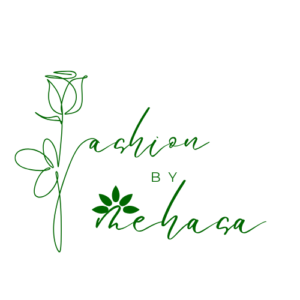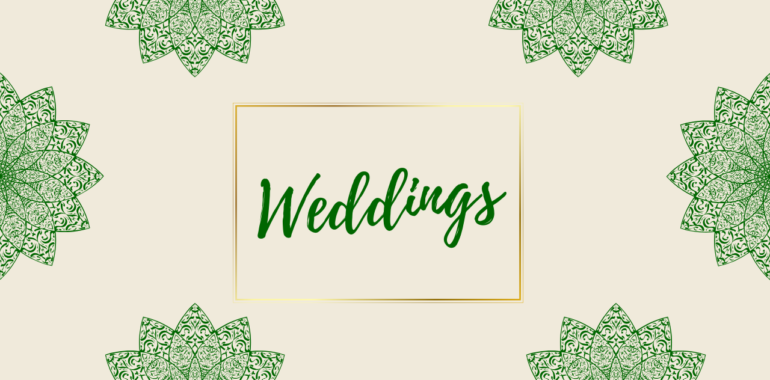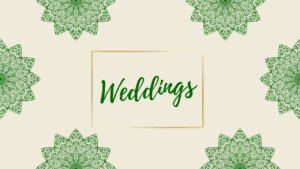The Timeless Magic of Weddings: A Celebration of Love, Tradition, and Style
Weddings are timeless celebrations that unite two hearts in a bond of love and commitment. More than just ceremonies, weddings are rich tapestries of tradition, emotion, and personal expression. They mark not only the beginning of a couple’s journey together but also honor cultural heritage, family values, and style that transcends generations.
In today’s world, weddings have evolved from intimate, symbolic rituals to grand, thoughtfully curated events that blend old traditions with modern trends. This article explores the fascinating history of weddings, cultural customs from around the world, evolving styles, and future trends that continue to redefine how we celebrate love.
1. A Brief History of Weddings: Love, Legacy, and Ceremony
The concept of marriage has existed for thousands of years. In ancient civilizations like Mesopotamia, Greece, and Rome, weddings were less about romance and more about alliances, property, and social structure. Legal contracts, dowries, and rituals were key elements, and the focus was on uniting families rather than individuals.
Ancient Egypt saw simpler ceremonies, often held in the home. Brides wore linen dresses and exchanged rings, a symbol of eternity.
In Greece and Rome, ceremonies became more elaborate. Roman brides wore veils, and wedding feasts brought families together for joyous celebration.
With the rise of Christianity, weddings evolved into sacred ceremonies, often held in churches. By the Middle Ages, exchanging vows before clergy became the norm, elevating marriage as both a legal and spiritual commitment.
Queen Victoria’s 1840 wedding made the white gown a fashion standard in the West, symbolizing purity and marking the rise of weddings as grand social events.
2. The Evolution of Wedding Traditions Over Time
As societies changed, so did weddings. What began as formal unions became emotional milestones shaped by social trends, personal expression, and cultural creativity.
Victorian & Edwardian Eras: Weddings became lavish and formal, with layers of lace, satin, and tradition. The wedding cake and white dress became iconic.
20th Century Weddings: Post–World War II weddings embraced glamour. Hollywood stars influenced bridal fashion and reception styles. In the ’60s and ’70s, counterculture movements led to more relaxed, bohemian ceremonies.
Modern-Day Weddings: Today’s weddings are personalized and flexible. Whether it’s a mountaintop elopement or a luxury ballroom event, couples craft celebrations that reflect their story, values, and vision.
3. Wedding Traditions Around the World
Weddings are celebrated uniquely across cultures, each rich with symbolism and spiritual meaning.
Indian Weddings: A Festival of Colors and Rituals
Indian weddings span several days, blending vibrant ceremonies like mehendi, sangeet, and the main wedding ritual. Brides wear richly embroidered sarees or lehengas, often in red and gold—symbols of luck and prosperity. Family plays a central role, and the atmosphere is filled with music, dance, and joy.
Chinese Weddings: Harmony and Prosperity
Chinese weddings emphasize harmony between families. Red—symbolizing happiness and wealth—dominates décor and attire. Customs include tea ceremonies, gift exchanges, and banquet feasts with symbolic dishes like dumplings and fish.
Jewish Weddings: Sacred and Symbolic
Jewish weddings often take place under a chuppah, representing the home the couple will build. Key rituals include exchanging rings, signing the ketubah, and the joyous breaking of the glass. The celebration continues with dancing the hora and festive meals.
African Weddings: Community and Heritage
In African cultures, weddings are vibrant community events. From Nigerian aso ebi (coordinated family attire) to traditional dances and symbolic rites, these ceremonies celebrate love, ancestry, and unity. Gift exchanges and storytelling rituals often mark the couple’s transition into married life.
4. Modern Wedding Trends and Innovations
Weddings today are redefining how couples express their love. Here are some of the most exciting trends:
Destination Weddings
Couples are choosing to wed in exotic locations—beaches, castles, and countryside villas. These weddings offer intimacy and adventure in one unforgettable experience.
Eco-Friendly Weddings
Sustainability is at the heart of many modern weddings. Couples opt for digital invitations, local floral arrangements, reusable décor, and zero-waste catering.
Micro-Weddings
Smaller guest lists allow couples to focus on meaningful experiences and luxury details. These intimate events emphasize emotional connection over extravagance.
Custom Wedding Attire
Brides and grooms now choose custom-made outfits that reflect their personality, culture, or even shared interests. From embroidered initials to hand-painted veils, personalization is key.
5. The Future of Weddings
As technology advances, weddings are also embracing digital transformation:
-
Virtual Planners and Livestreams help plan and share the event globally.
-
Augmented Reality (AR) features and VR invitations are emerging.
-
Gender-neutral ceremonies and inclusive language reflect evolving social values.
The heart of a wedding will always be love, but how we celebrate it will continue to evolve with creativity, inclusivity, and innovation.
Conclusion
Weddings are more than just events—they are deeply personal and profoundly meaningful experiences that reflect our cultures, beliefs, and dreams. Whether it’s an ancient ritual in a rural village or a chic celebration in a city loft, the magic of a wedding lies in its ability to bring people together in celebration of love.
As traditions meet trends, and personal style meets timeless elegance, weddings continue to remind us that love is the most beautiful story we’ll ever tell.


